1. Cluttered Spaces

One of the biggest culprits of a “cheap” look is clutter. Piling too many things in one space can make your home feel chaotic, cramped, and unkempt. Keep surfaces clear, and store items out of sight to let your furniture and design shine. A little breathing room can make a huge difference in creating a sense of calm and sophistication.
2. Too Many Cheap Accents
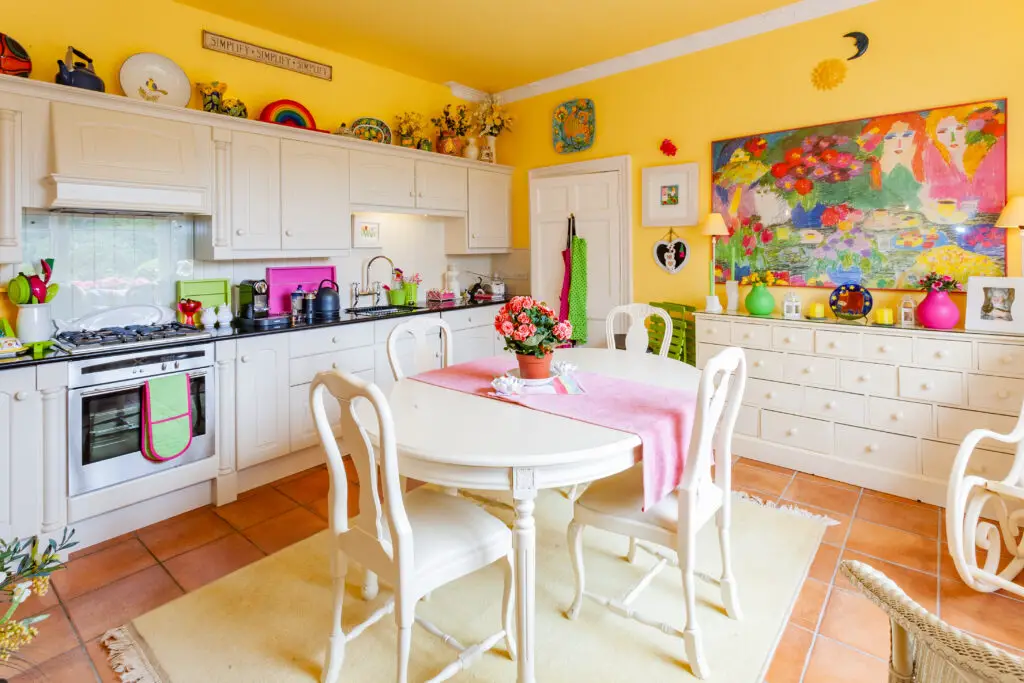
While affordable decor can be stylish, overloading your space with inexpensive accents or poorly made accessories can give your home a “discounted” vibe. Instead, invest in a few key pieces that really stand out and elevate your space, and keep the budget-friendly items minimal and thoughtfully placed.
3. Overusing Fast Furniture
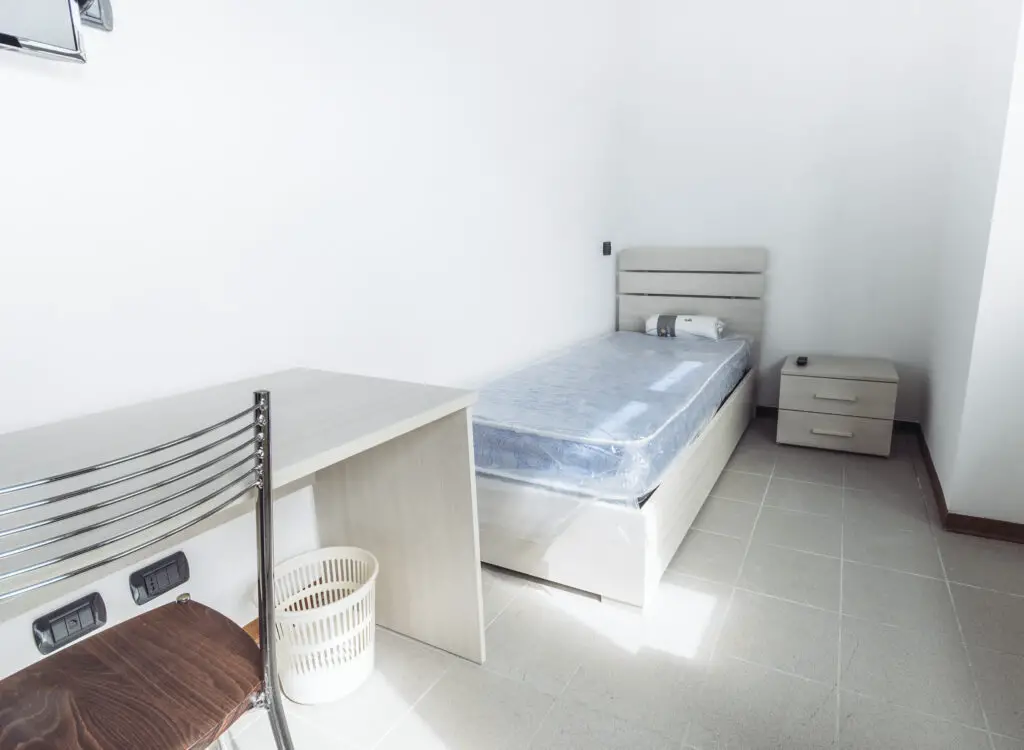
Fast furniture might be budget-friendly, but it often sacrifices quality and longevity for price. If your entire home is furnished with pieces from the same big-box retailer, it can make the space look cookie-cutter and disposable. Invest in at least a few statement pieces made from solid materials that will stand the test of time.
4. Matching Everything Too Perfectly
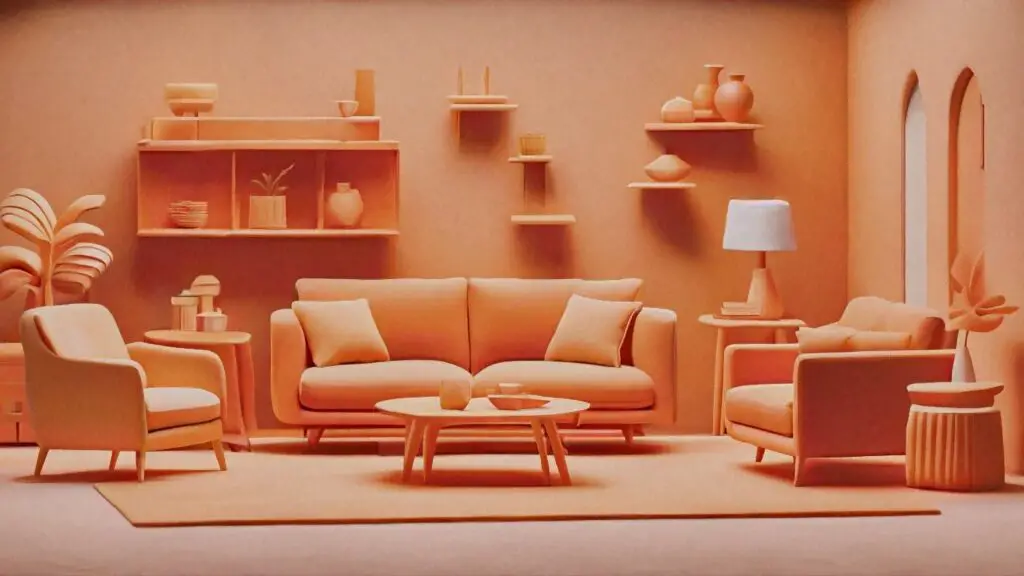
While symmetry and cohesion are important, making every item in your home match perfectly can feel forced and artificial. A little contrast and variation in textures, colors, and patterns can make the space feel more dynamic and sophisticated. Mix vintage with modern, or soft with hard textures to create an interesting and layered look.
5. Ignoring Proportions

When furniture is too large or too small for a space, it can throw off the entire room’s balance. Oversized furniture in a small room can make the space feel cramped, while tiny pieces in a large room can look lost. Pay attention to the proportions of your furniture in relation to your room’s size to maintain a sense of harmony.
6. Excessive Use of Wall Art

While art can be a great way to express your personality, overloading your walls with too many pieces can make your space feel cluttered and disconnected. Choose a few well-placed pieces or invest in a statement artwork that ties the room together rather than covering every inch of available wall space.
7. Skimping on Lighting

Cheap, harsh lighting can make a room feel uninviting and low-budget. Invest in good-quality lighting that complements your space—whether it’s soft ambient lighting, warm-toned lamps, or stylish pendant fixtures. Layer your lighting to create a cozy, welcoming atmosphere that enhances your decor.
8. Using Too Much “Matchy-Matchy” Furniture

If every piece of furniture in a room comes from the same set, it can look like you’ve just bought everything off a showroom floor. Mix things up by incorporating different materials, textures, and styles. Pair a mid-century modern sofa with a rustic coffee table, or a sleek console with some vintage accessories. This balance makes the space feel more curated and unique.
9. Cheap, Overly Trendy Furniture
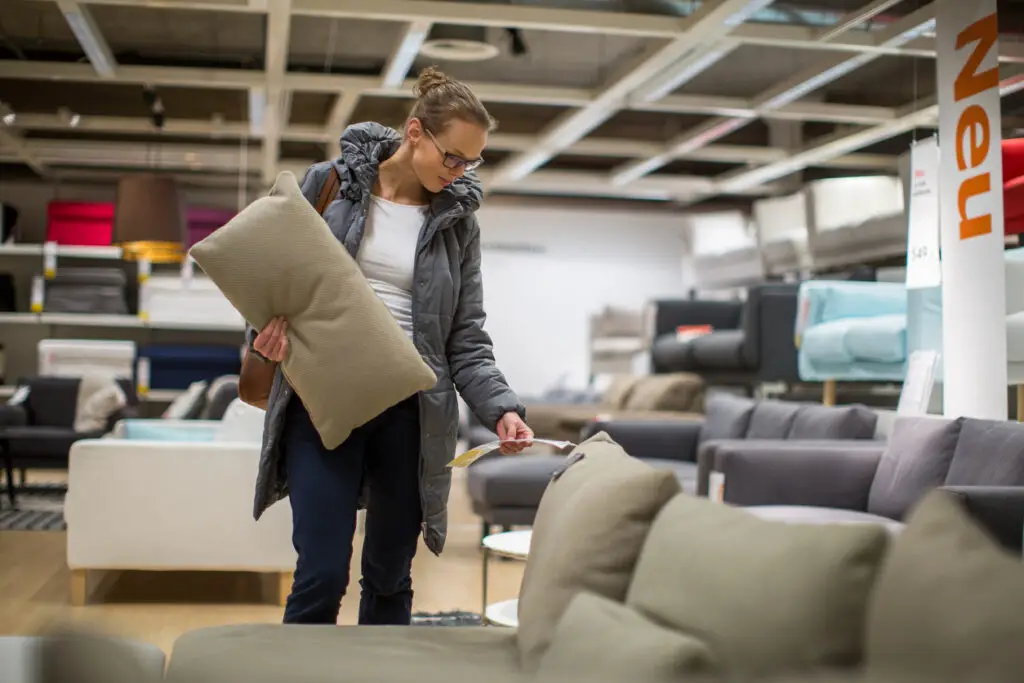
While trends can be fun, opting for overly trendy furniture can make your space look like it’s trying too hard. Invest in timeless pieces that can be adapted with trends through accessories like pillows or rugs. This way, you’ll avoid having a home that looks like it’s stuck in a fleeting trend cycle.
10. Not Considering Quality Over Quantity
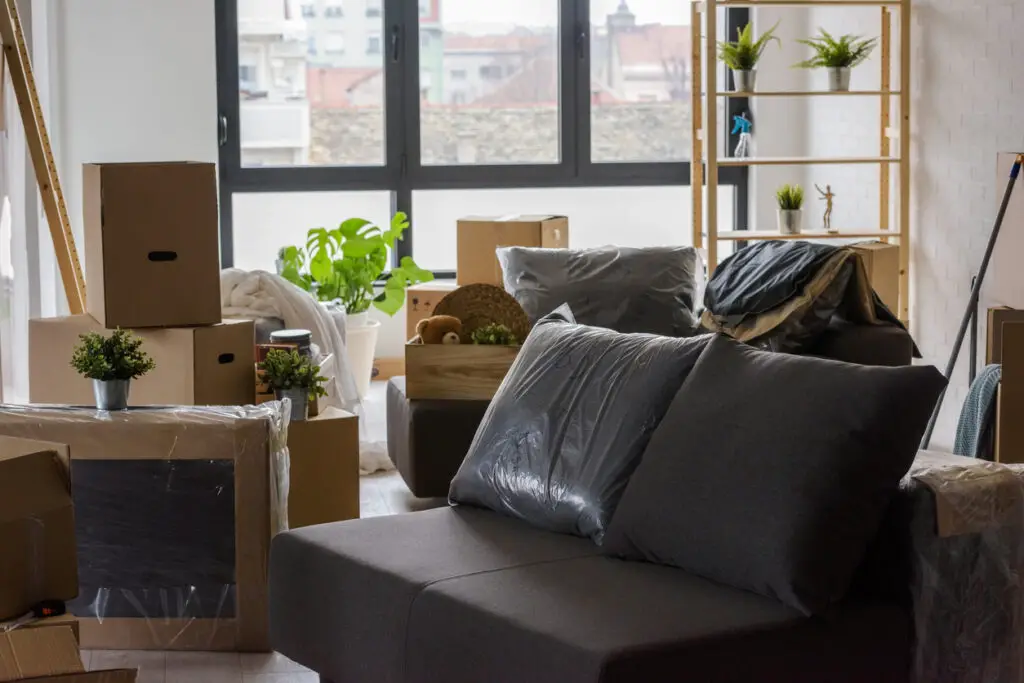
More isn’t always better. Filling a room with tons of decor or furniture may seem like an easy way to make a space feel “complete,” but it can actually have the opposite effect. Focus on quality pieces, like a beautifully crafted chair or a solid wood table, instead of filling up the space with inexpensive, mass-produced items.
11. Using Cheap Fabrics
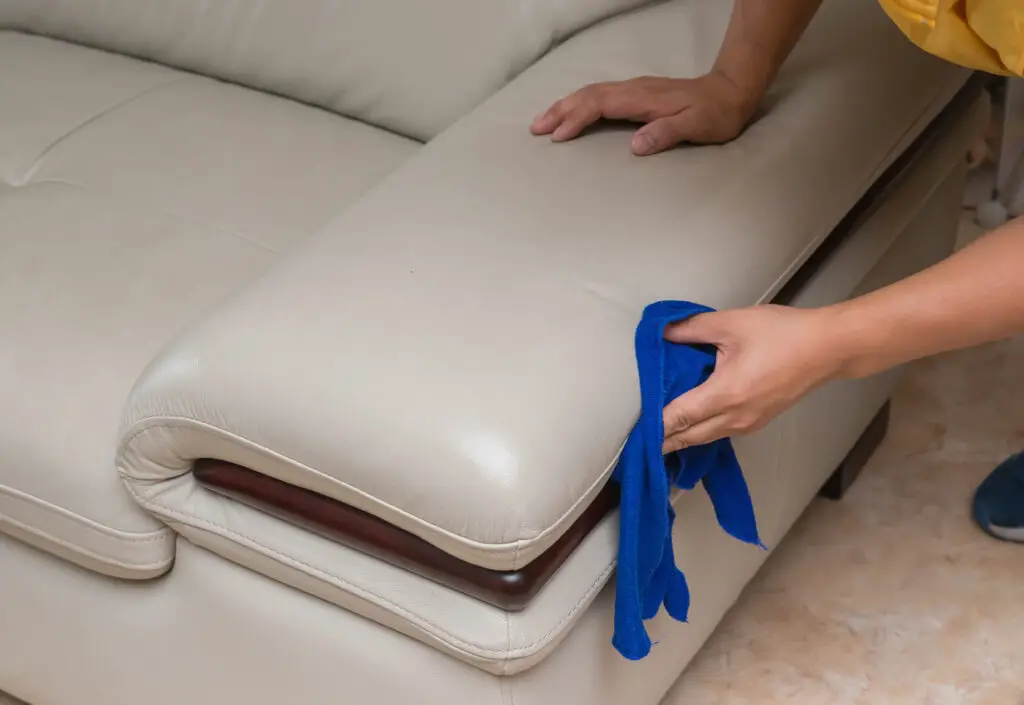
Using low-quality fabrics like flimsy curtains or polyester sofas can drag down the entire aesthetic of your home. Invest in high-quality fabrics like linen, cotton, wool, or velvet for furniture and drapes. They not only look better but also feel luxurious and durable, making your space feel more expensive overall.
12. Overuse of Mirrors

Mirrors can help open up a space, but when overused, they can make a room feel more like a showroom than a home. Use mirrors strategically to reflect light or to create a focal point, but avoid the trap of lining every wall with them. A few well-chosen mirrors will look elegant, but an overabundance of reflective surfaces can appear cheap and impersonal.
13. Neglecting to Invest in the Details
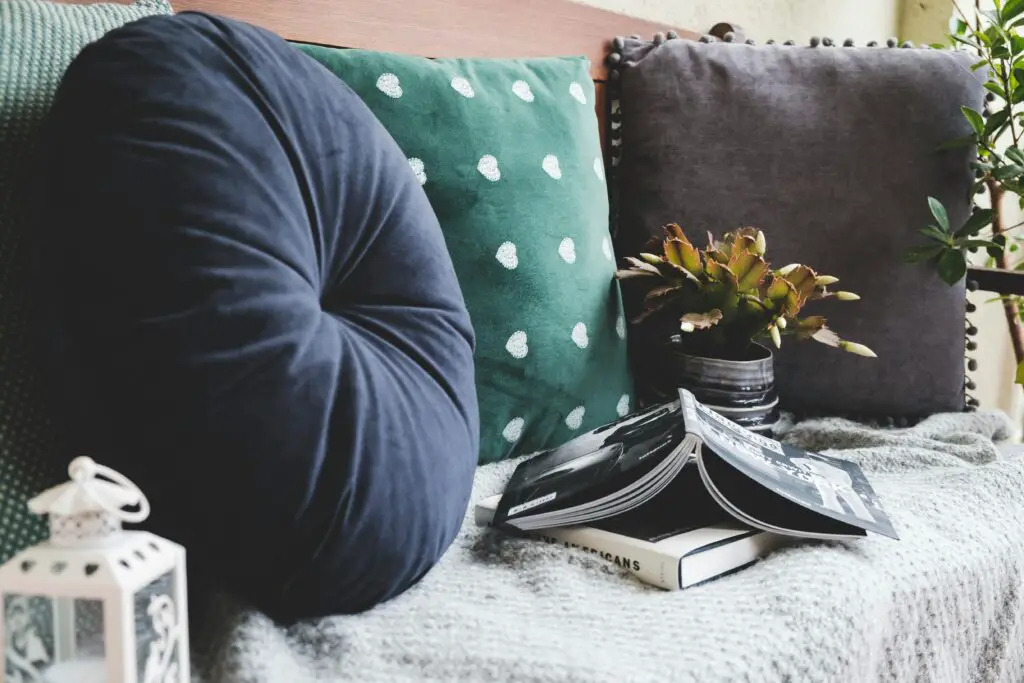
Details matter—small touches like quality throw pillows, elegant curtain rods, or unique accessories can elevate a room. Neglecting these finer points can make a space feel unfinished or cheap. Pay attention to the small elements, and don’t be afraid to splurge on the details that make the difference between a room that feels thoughtfully designed and one that looks thrown together.
14. Using Generic Rugs
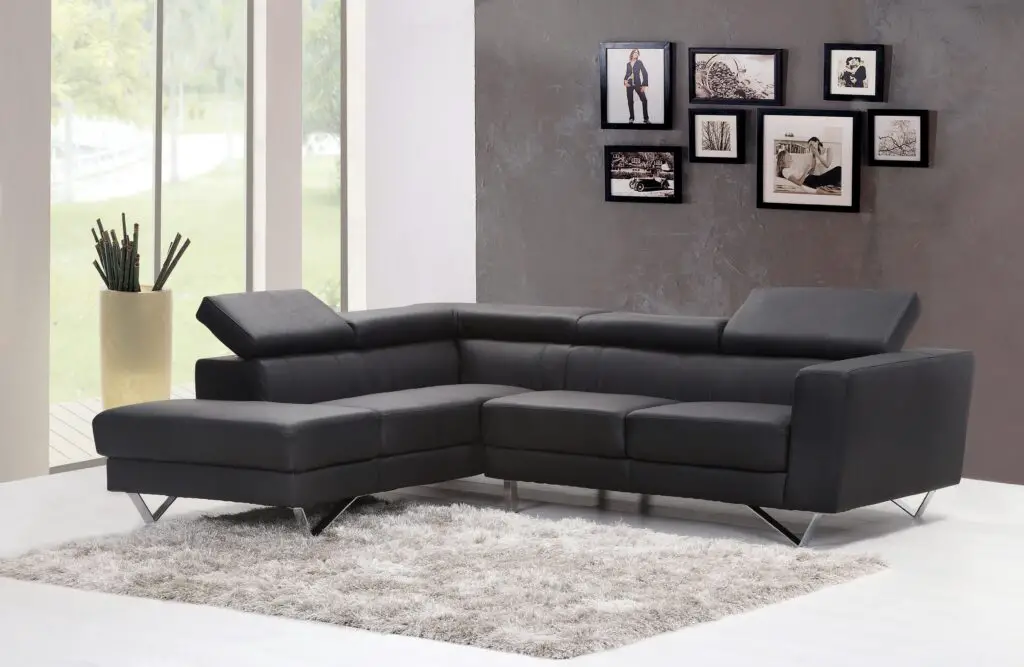
Rugs can define a space and set the tone of a room, but a cheap, poorly chosen rug can make your home feel bland and impersonal. Invest in a well-made rug with texture and color that complements your design, and avoid using generic, mass-produced options that don’t add any character to the space.
15. Skipping the Paint
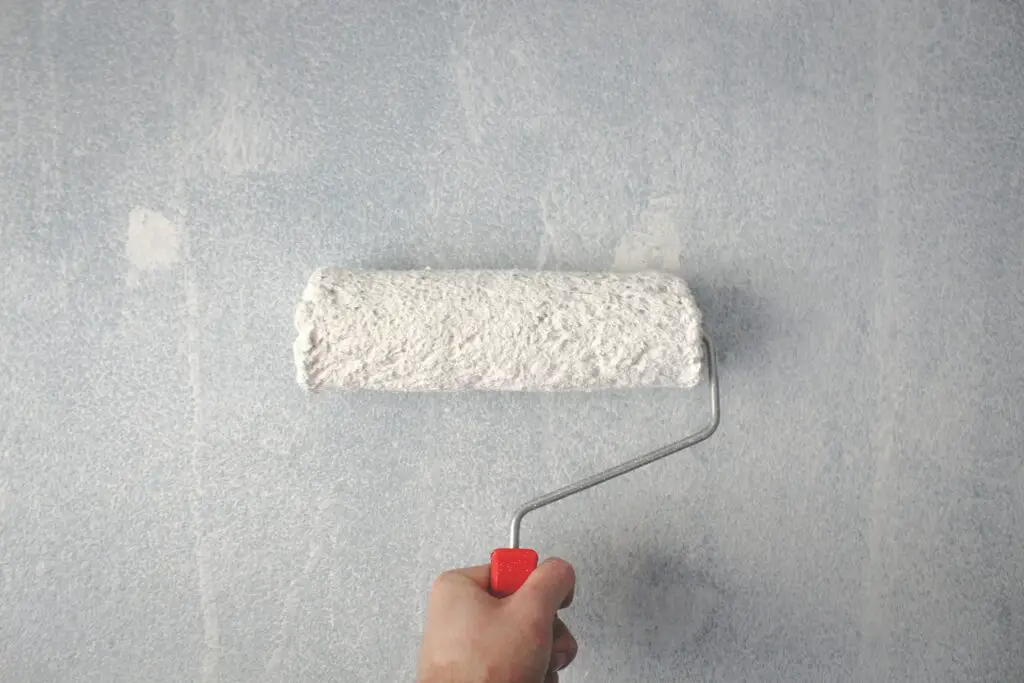
Nothing freshens up a space quite like a coat of paint, but opting for low-quality paint or failing to maintain your walls can result in a room that feels drab and inexpensive. A fresh coat of high-quality paint—especially in neutral, timeless colors—can make a huge difference in creating a polished, sophisticated atmosphere.
With these 15 tips in mind, you can avoid common interior design mistakes that might make your home look cheap, and instead create a space that feels stylish, inviting, and well-curated. By focusing on quality, thoughtful design, and investing in key pieces, you’ll bring out the true beauty of your home while elevating your living space to a whole new level of sophistication.
